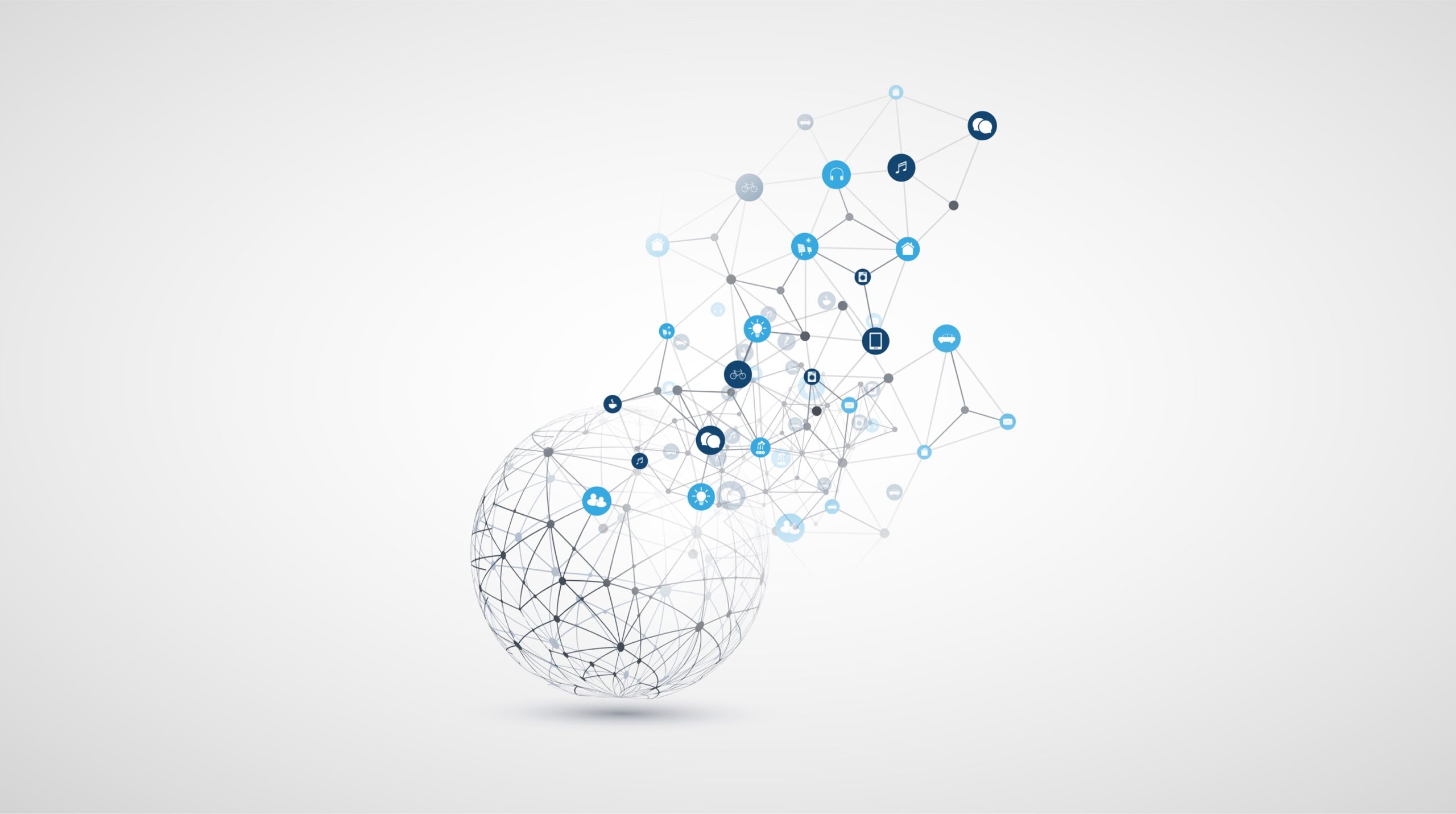Internet of Things (IoT) has been identified to become one of the biggest disruptors across all businesses – thanks to the ability to connect and have real-time interactions with hitherto unconnected entities, using a broad range of technologies and services.
In the past few years, there has been a significant growth in the adoption of IoT reaching a phenomenal 10 Billion connected devices today. In fact, analysts have predicted 50 Billion connected devices in the next couple of years. While these numbers seem daunting, they are achievable if enterprises can accelerate the adoption of IoT by clearly articulating the business value and increasing corresponding investments.
Let us highlight a few technology advances that can help enterprises achieve their business value from IoT adoption.
1) Value Creation from Enterprise IoT Data
Enterprises can significantly improve the quality of their system data by deploying IoT devices and sensors to directly collect data in real-time, thereby providing a more accurate view of their systems. This improved data quality can bring potentially higher value to the Enterprise depending on the complexity of analysis performed on the data. The value and complexity continuum increases in stages as the level of data analyses progresses from simple dashboards to descriptive, diagnostic, predictive, prescriptive and finally to the most complex cognitive analytics. Further, monetization of IoT data can generate an additional revenue stream for the enterprise. A stage-wise value creation matrix can help enterprises make the right investments that helps to significantly increase IoT Adoption.
2) IoT Edge Computing
Enterprises that have adopted cloud-based computing and services have been able to easily scale up the number of IoT devices in their respective organizations. However, enterprises focused on oil and gas, agriculture or renewable energy have limited IoT adoption because their systems are deployed in remote locations with sparse connectivity, thereby, posing a real challenge to send voluminous real-time data to the cloud infrastructure. These challenges will soon become a thing of the past, thanks to the advent of edge computing devices that can analyse real-time data closer to the data source and compute relevant insights in real-time. Today’s edge computing devices are becoming quite powerful jointly with their cloud counterpart and are addressing new challenges such as video analytics, while retaining low latency, resiliency, longer battery life and improved distributed data management. The coming years will see significant growth for the IoT edge devices, with one analyst predicting 41% Compounded Annual Growth Rate (CAGR) till 2025 to reach a market size of $3.25B globally. Consequently, this growth will also accelerate the IoT adoption in Enterprises.
3) IoT Security
Enterprises are immensely focused on security and it is imperative that any IoT adoption in the enterprise will be scrutinized thoroughly. IoT devices in the past have been constrained by power and processing capability and hence have not been able to support sophisticated security protocols. However, in the enterprise context, this has been partially addressed because these devices have been isolated and protected from the external networks by the IoT gateways and edge devices. This architecture has helped enterprises achieve security of data at rest and in transit. With renewed focus on data privacy due to enforcement of the General Data Protection Regulation (GDPR) and new technologies such as blockchain, enterprises have been able to get a firm handle on data security, spurring further growth of IoT.
In summary, newer technology advances are set to accelerate IoT adoption beyond the predicted growth trajectory in the years to come.
Find more content about
IOT (13) Edge Computing (2) IoT Edge Computing (1) IoT Monetization (1) IoT Security (1)






